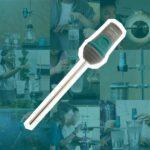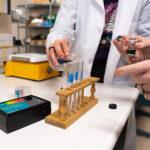
Sharing ideas and inspiration for engagement, inclusion, and excellence in STEM

We had such a blast at NSTA Denver 2024 last week! One of our big highlights this year was getting to mix science and sports with fun, athletics-inspired activities. Below we’re sharing four of our favorite sports-themed experiments you can try out to elevate your classroom game!
PHYSICS
Projectile Motion with Vernier Video Analysis
They shoot, they score! At NSTA, we turned our Pop-a-Shot basketball game into an exciting experiment to explore the principles of projectile motion with Vernier Video Analysis®!
This is a great activity to introduce after your class has spent some time examining one-dimensional motion—including falling vertically under the influence of Earth’s gravity and motion on a horizontal surface.
In this experiment, we examined the behavior of projectiles—objects moving in space due to some initial launching force. You can easily set this up in your school gym or outdoors using any ball that stands out against the background.

To start, we set up an object of known length and good visibility to serve as a scale for the video—in this case, a brightly colored pole 1 meter high. Then using a mobile device, we captured some epic free throws from both our physics team and enthusiastic NSTA attendees. In the app, we collected data on position, and time for the basketball and compared features of the position vs. time and velocity vs. time graphs with those of one-dimensional motion.
Looking for more tips on collecting effective videos? Explore our resources here and here.
PHYSICS
Ever wondered how long you stay in the air when you jump? That’s your hang time. In basketball, this describes the amount of time a player’s feet are off the ground during a layup or a jump shot. While the average person has a hang time of around half a second, basketball great Michael Jordan’s recorded an impressive 0.92 seconds!
AT NSTA, we put Team Vernier members and NSTA attendees to the test with our brand new Go Direct Force Plate. We challenged everyone to give us their best standing jumps, and then collected data on each participant’s hang time.
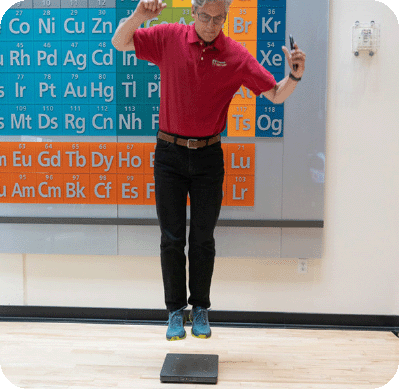
In addition to boasting rights, your hang time also gives you the data you need to calculate your full jump height! This is a great activity to take back to your classroom. It gives your students the chance to both expend their energy and get practice using kinematics expressions to create computational models in Vernier Graphical Analysis®.
Get more ideas on measuring hang time and exploring the Go Direct Force Plate here.
BIOLOGY
Effect of Exercise on Oxygen Usage
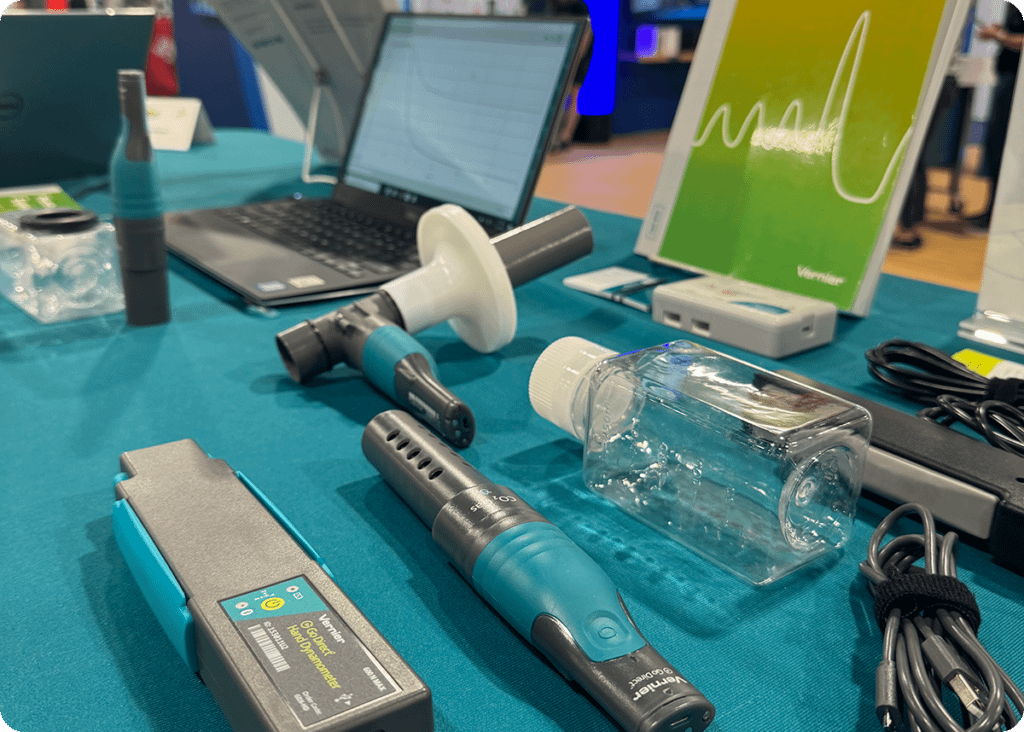
Have you ever wondered what it means to “run out of breath” during intense exercise? Oxygen is vital for every cell in our bodies and plays a key role in aerobic cellular metabolism, which converts glucose, protein, and lipids into the energy needed for activities like sprinting a mile or executing a buzzer-beating layup. When we feel the sensation of running out of breath, that’s our bodies telling us that our oxygen level has dropped.
In this experiment, we measured oxygen concentrations of deeply inhaled and exhaled air at rest and after exercise. First, we established a baseline for oxygen levels while at rest using the Go Direct® O2 Gas Sensor and a BioChamber. Then, our energetic bio team got pumped up by running in place and doing jumping jacks for about two minutes to elevate heart rates and simulate exercise.
We then used these measurements and an estimate of exhaled volume to calculate the resulting differences in oxygen consumption. This activity gives us important insights into how our bodies utilize oxygen during physical activities and how that relates to aerobic fitness and respiratory health.
CHEMISTRY
From tennis legend Serena Williams to soccer great Lionel Messi, there’s a good reason we see the top athletes of all time swear by sports drinks loaded with electrolytes.
But what exactly are electrolytes, and why are they so crucial? Think of them as the body’s MVPs. Electrolytes play a vital role in nerve and muscle function. Among other things, they regulate blood pressure and blood pH and help keep our tissues hydrated. As the name implies, in many cases, electrolytes are involved with carrying electrical current in our bodies. During physical exertion we can lose electrolytes through sweating, which is why athletes commonly drink beverages high in electrolytes.
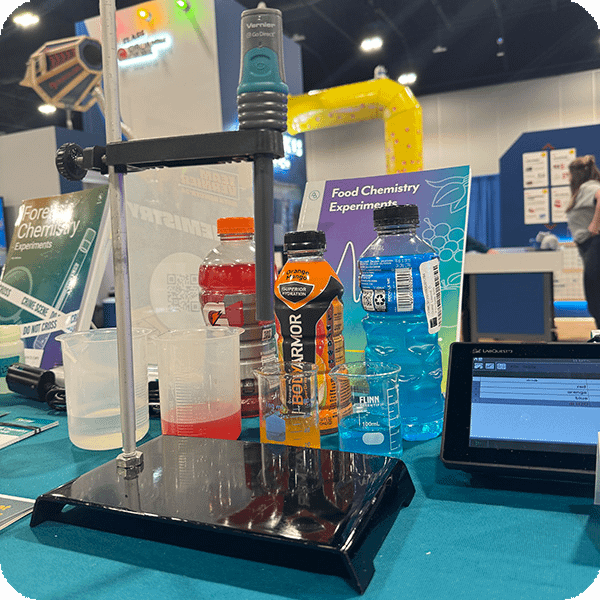
So, what’s the science behind electrolytes? Essentially, they’re salts and molecules that have the ability to ionize to varying degrees. Some, like strong electrolytes, fully ionize, while others, like weak electrolytes, only partially do so. Then there are nonelectrolytes, which do not ionize at all. We can determine whether a compound falls into the strong, weak, or nonelectrolyte category by measuring the conductivity of its solution.
In this experiment, our chemistry team used the Go Direct Conductivity Probe to analyze the components of sports drinks commonly used by athletes to replenish electrolytes and water lost during physical activity and determine which molecules or ions are responsible for the conductivity of solutions.
Thank you so much to all the educators who visited us at NSTA Denver ’24! Don’t forget, you can download all the resources from our featured workshops. Questions? We’re here to help! Reach out to us at support@vernier.com or call 88-837-6437.
Share this Article

Sign up for our newsletter
Stay in the loop! Beyond Measure delivers monthly updates on the latest news, ideas, and STEM resources from Vernier.

